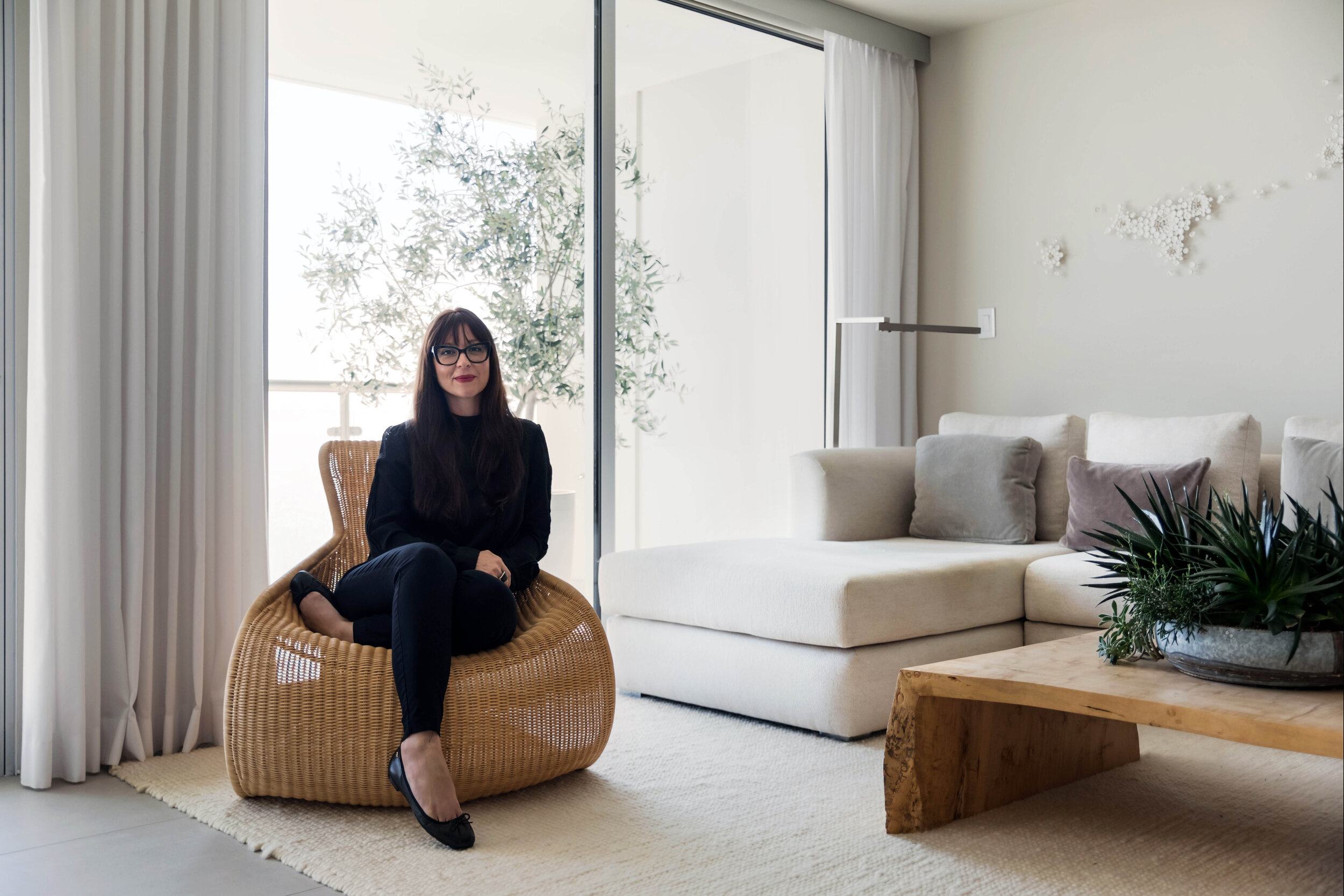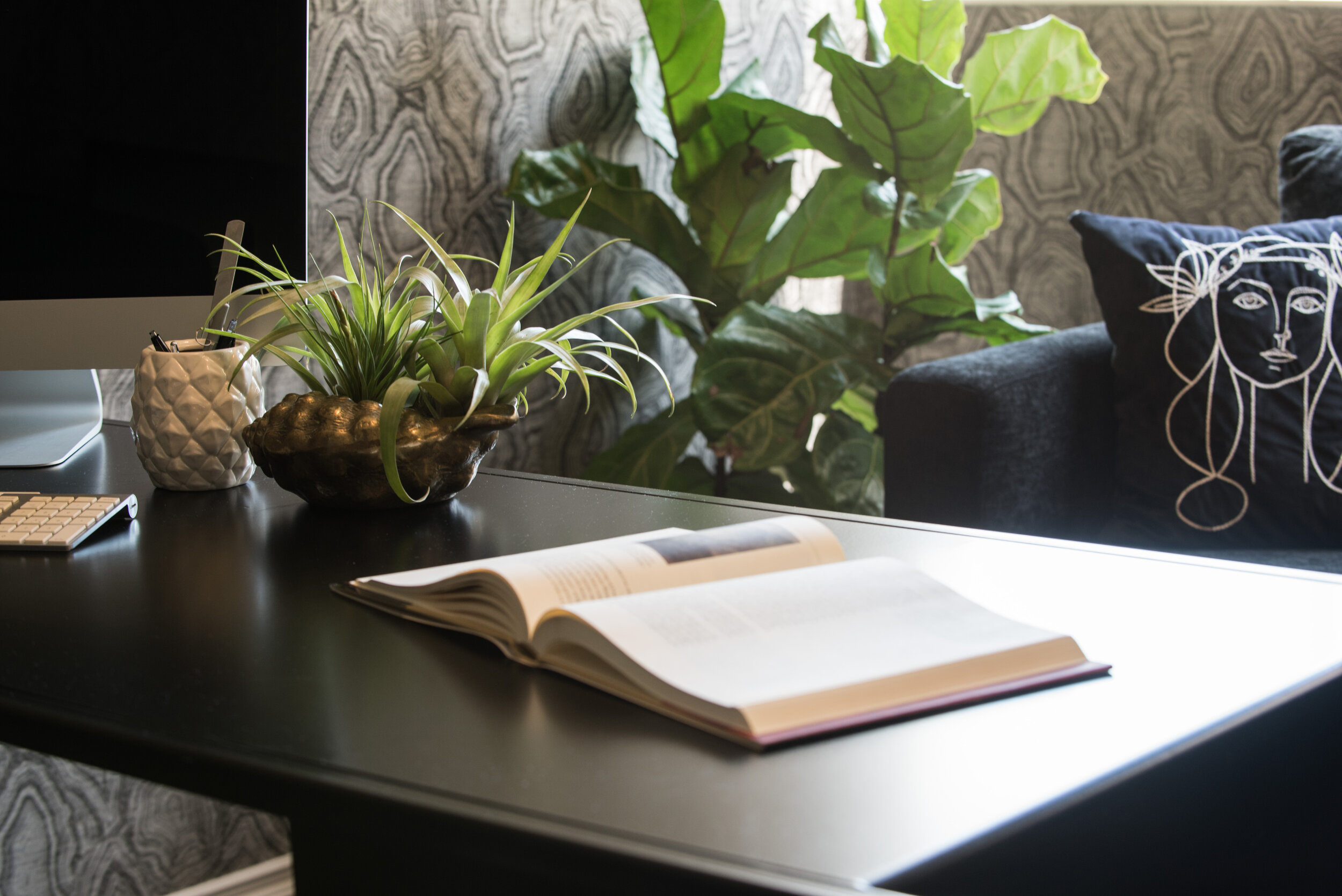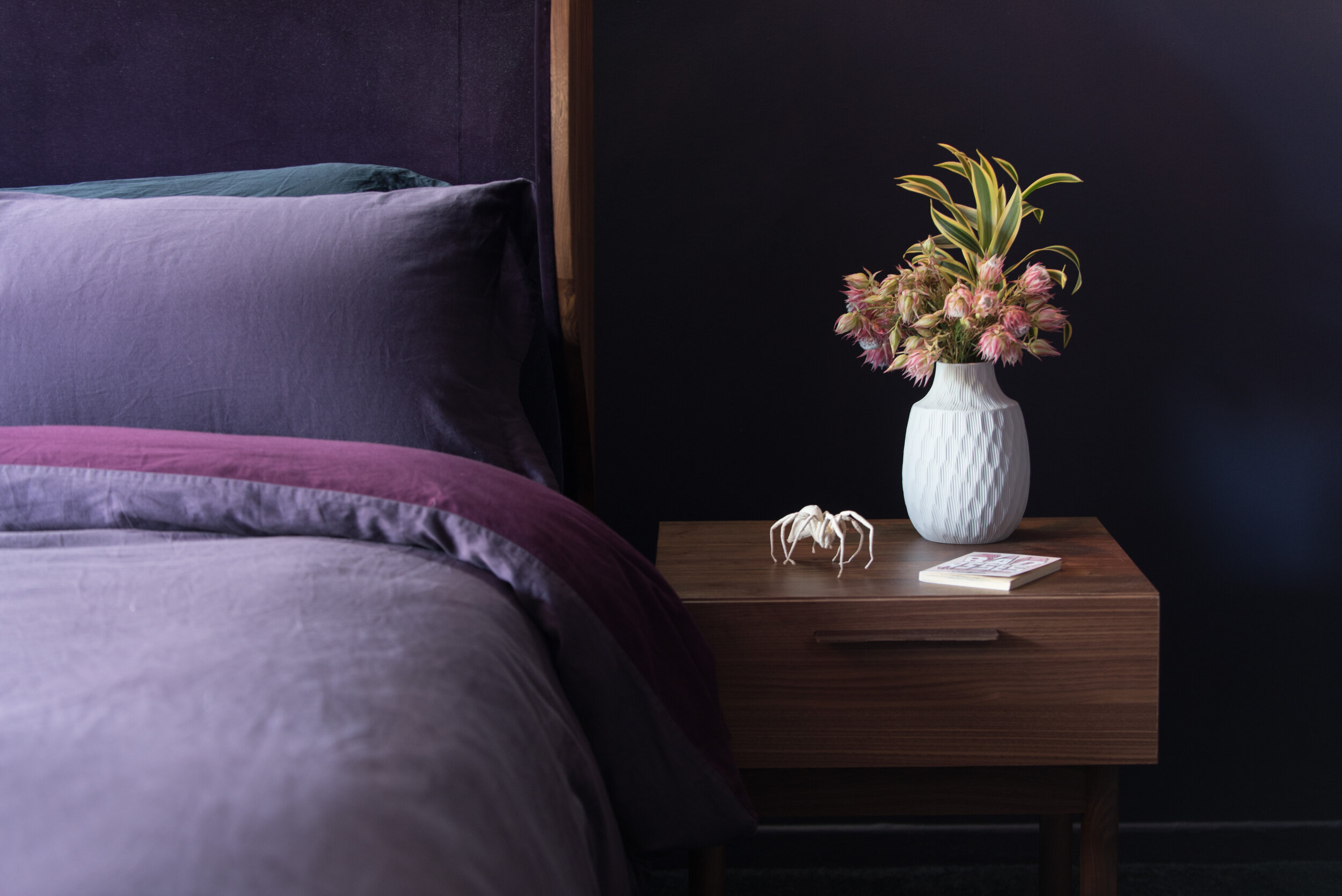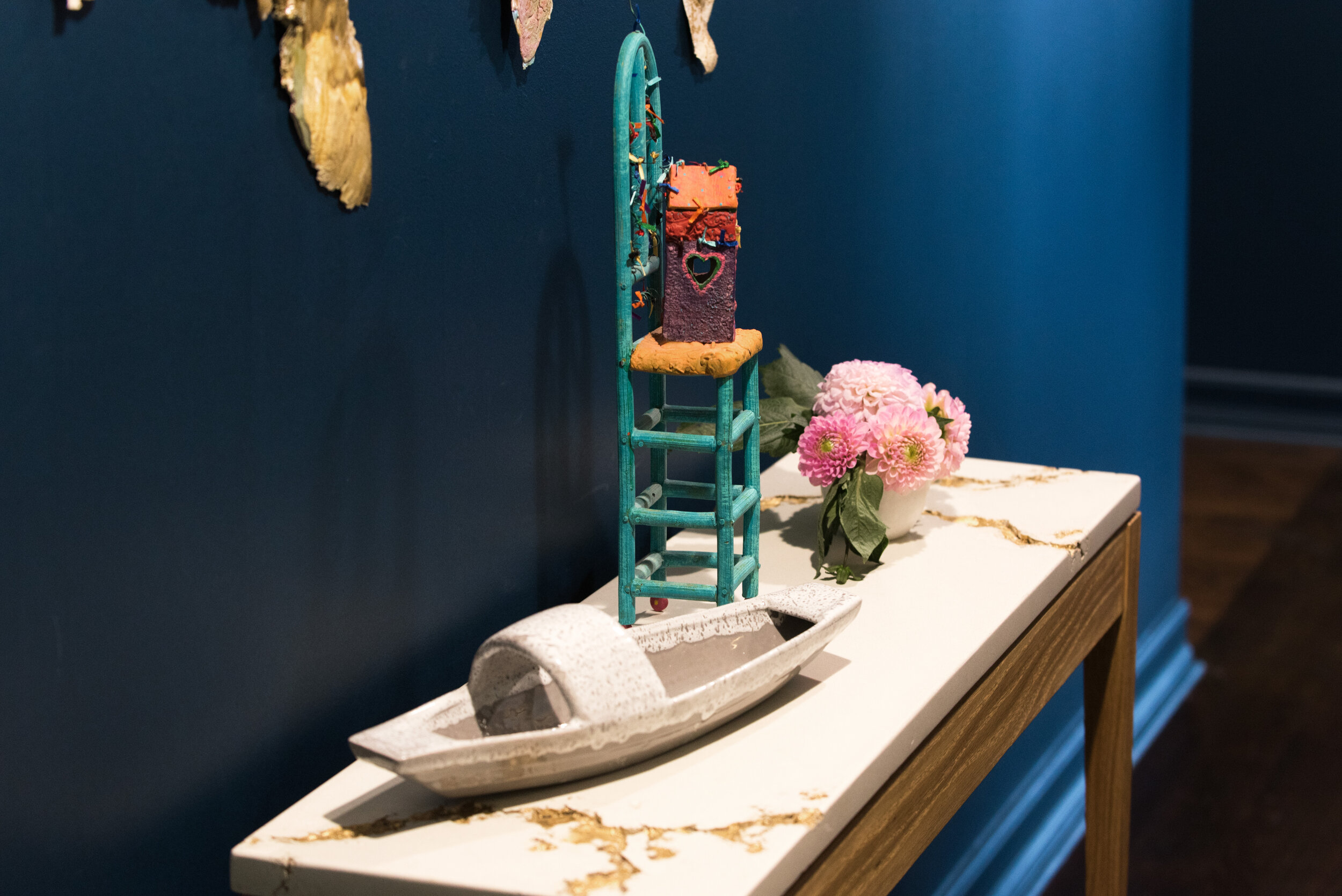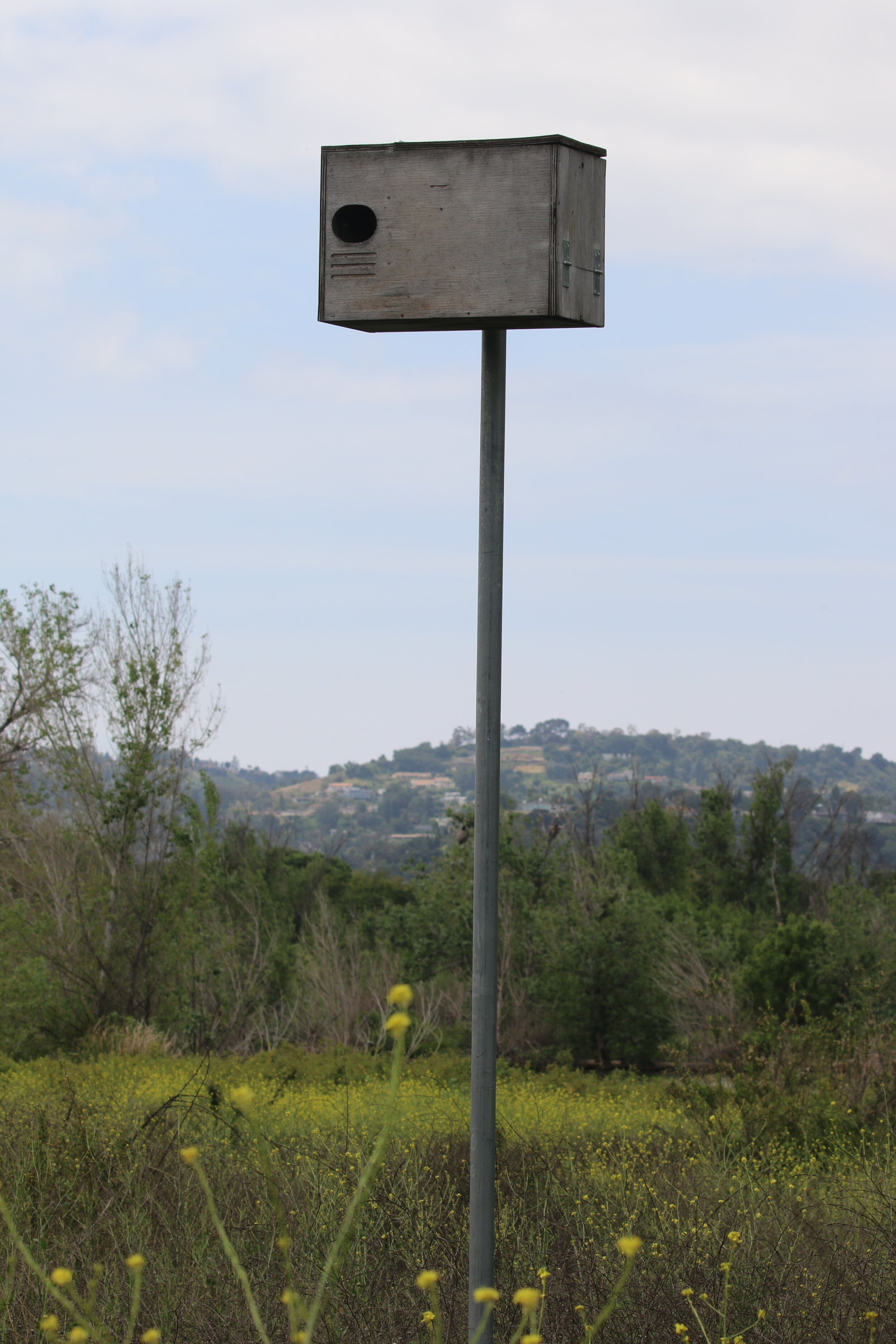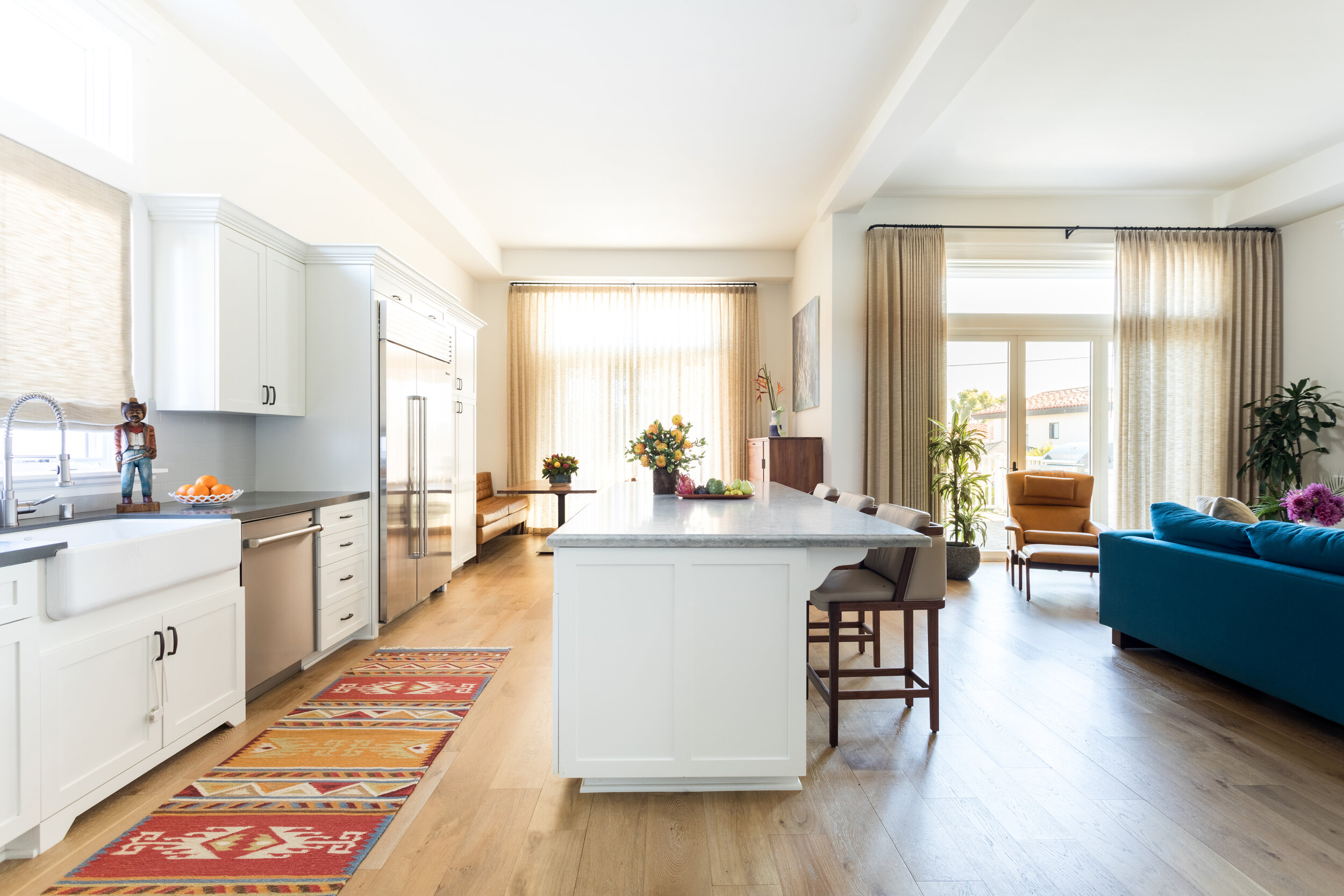The Nature Brain Connection: A consciously designed home feels like a joyful expression of our best selves.
/As a WELL and LEED accredited home designer, I focus on environments that support mental, physical, and emotional wellbeing. As our climate continues to shift, I find it increasingly crucial to consider how we engage with and support our natural world. In our studio, the design team makes ongoing efforts to evaluate the larger implications of our lifestyles and acknowledge the role we have in affecting our planet.
How can designers create environments focusing on our client's health and happiness while applying equal consideration to planetary health and wellbeing? Our research has turned to the philosophical school of cosmopolitcs for an alternate perspective on human interaction with the material and living world.
Albena Yaneva, in her introduction to What is Cosmopolitical Design?: Design, Nature, and the Built Environment, explains that "Cosmopolitical thinkers...see nature as no longer being unified enough to provide a stabilizing pattern for the experience of humans; it is not 'out there,' a simple backdrop for human activities."
Cosmopolitics distinguishes itself from cosmopolitanism by positing a relationship working with nature instead of imposing dominance over nature. As Yaneva writes, "These thinkers abandon the modernist idea of nature as being external to the human experience—a nature that can be mastered by engineers and scientists from outside."
While cosmopolitics might seem like a far-out, philosophical idea primarily contemplated by academics and architects-- because designers, environmentalists, and vegans all value the connectivity between ourselves and the natural environment, these core concepts are more accessible than they may initially seem.
Ceramic dodo by Corinne Malesy
Many of my clients have found their way to veganism because they are conscious of the effects human decisions have on the planet and are acutely aware that we are merely part of a much larger ecosystem. Mindful, compassionate interior design considers the impacts of our decision-making when designing a space and asks how our choices shape our environment, our community, and the world around us.
Kintsugi table by Joshua Luker
Home design paired with conscious intent is a significant first step that can begin simply by considering how local and migrating wildlife might be supported rather than harmed by our lifestyle improvements.
When planning for a home remodel, it's important to care for the plant life that our birds, mammals, reptiles, and insects call home. To preserve existing animal habitats, I advise clients and contractors to protect existing trees, shrubs, and leaf litter when possible and make conscious efforts to minimize sound and light pollution from construction.
Beyond avoiding harm, our home design may actively support wildlife. For example, well-researched landscaping that incorporates native plants can create opportunities to sustain and shelter local animals and migrating birds. Including flowering plants for bees and butterflies and access to clean drinking and bathing water can also encourage animal and plant life success. A simple 10" saucer provides drinking water for visting deer, racoons, and bobcats in my garden. Birds and lizards bathe and even bees and wasps stop for a drink. I use a good sized rock as a small bird and bug escape raft, but I know many people have equal success using a stick for the same purpose.
The physical boundaries of our home can sometimes create a sense of othering between us and our environment. It is easy to disengage when we are deep inside our homes. Creating space outside that we feel inclined to make frequent use of can encourage a consistent connection and consideration of our environment. For example, relaxing outdoor areas inspire restoration and observation, while active spaces like vegetable gardens encourage movement and a relationship with our source of nourishment.
We recently designed a rooftop space as a second living room for a young family to relax and socialize. Low-profile furniture was utilized to keep the view open and encourage a personal connection with the expanse around them.
When inside, designing to highlight our exterior views can help maintain a connection to nature, even while indoors. In spaces where natural views aren’t available, incorporating artwork and materials that reference nature into your home design can help keep the nature brain connection active.
When we work collaboratively with neighbors, we can extend these benefits further. Home design gives us the option to live in harmony with nature rather than attempting to contain it.
Physical Considerations are one of the initial items to evaluate when creating a cosmopolitically inclined vegan home. Ranging from the materials we use to the layout of the space, physical considerations will often have the most prominent and direct effect on our health.
When our studio designs a vegan home, avoiding materials made with animal products is a clear first step. We find it essential to examine all product elements to ensure that the most responsible options are available to our clients.
Many of us are familiar with closely examining ingredient lists and investigating the steps of food production. Vegan home design follows a similar approach, using extensive research, building relationships with local artisans similar to how we might have previously formed relationships with farmers at local markets.
Supporting our client's health goes beyond sourcing vegan products. It's common knowledge that many vegan alternatives are made with synthetic fibers and harmful chemicals that can release volatile organic compounds, polluting indoor air and causing discomfort. Ethically sourcing natural options with low or NO VOCs helps ensure that our home's materials serve our health now and in the future.
While every room is vital in the home design process, I've found that the kitchen is often the most significant space in a supportive environment. Over the years, the most common recurring request is dedicated space to accommodate a large quantity of produce. For some clients this challenge is resolved with a sophisticated combination of under-counter refrigerator drawers combined with wall-mounted baskets and bins for room temperature items. Our household manages with a simple collection of large bowls filled every few days. Integrating produce storage in a visually appealing way can add color (and nature) to our kitchens.
A beautiful and practical walk-in pantry, can serve as a high functioning auxiliary kitchen, this one utilizes a large refrigerator paired with additional freezer drawers and additional storage drawers for dry goods and root vegetables. Ample counter space provides room to work or countertop storage for items that need to be instantly accessible.
A large island provides the client with room to prepare meals and offers additional seating for guests to socialize or assist during food prep. The kitchen layout also encourages views to the exterior and provides a pleasant view whether drinking coffee or cutting vegetables.
A focus on functional kitchen design, supported by natural materials and a connection to the outdoors, can contribute to the ease of healthy food preparation, directly impacting our physical and mental wellbeing.
A consciously designed home that feels mentally supportive incorporates our values into the design process and feels like a joyful expression of our best selves.
Beyond the peace of mind provided by selecting natural and organic materials, creating a home that encourages rest, rejuvenation, and fosters a connection with nature can help us restore our energies and improve our mood.
In recent years, we've created an increasing number of dedicated wellness spaces for residential clients. Having a room devoted to wellness prioritizes our mental health and holds space for us to take a time out when needed. For example, a wellness room could be a space for napping, floating, practicing yoga, or creating artwork. When we devote space physically to rest and wellness, our minds engage more naturally in these practices.
When additional space to devote entirely to wellness may be lacking, bathrooms can ritualize the process of waking up and winding down, offering a space to cleanse and calm during a chaotic day. Each room creates a personalized hub inspired by patterning and imagery in nature. For example, a recent seaside project is an homage to pollinators, with a color palette inspired by honey, with bees inlaid on the tile and honeycomb patterning featured in the floors and referenced in the lighting. For a half bath, a field of flowers illuminates the ceiling, a theme continued in a subtle, abstracted floral patterning dotted in the tiles. Both rooms encourage the user to pause and enjoy their surroundings, making something as simple as hand washing a meditative act.
By considering a cosmopolitical perspective throughout the home design process, we can make conscious and compassionate decisions that are physically and mentally supportive of ourselves and the environment at large.
Sarah Barnard is a WELL and LEED accredited designer and creator of environments that support mental, physical and emotional wellbeing. She creates highly personalized, restorative spaces that are deeply connected to art and the preservation of the environment. An advocate for consciousness, inclusivity, and compassion in the creative process, Sarah’s work has been recognized by Architectural Digest, Elle Décor, Real Simple, HGTV and many other publications. In 2017 Sarah was recognized as a “Ones to Watch” Scholar by the American Society of Interior Designers (ASID).
Sarah Barnard is a WELL and LEED accredited designer and creator of environments that support mental, physical and emotional wellbeing. She creates highly personalized, restorative spaces that are deeply connected to art and the preservation of the environment. An advocate for consciousness, inclusivity, and compassion in the creative process, Sarah’s work has been recognized by Architectural Digest, Elle Décor, Real Simple, HGTV and many other publications. In 2017 Sarah was recognized as a “Ones to Watch” Scholar by the American Society of Interior Designers (ASID).
Resources
Is That Vegan? An Insider's Guide to Vegan Interior Design.
Homes for People and Wildlife: How to Build Housing in a Nature-friendly Way.
What is Cosmopolitical Design? Conference at the Princeton University School of Architecture , 12 Apr. 2013, https://soa.princeton.edu/content/what-cosmopolitical-design
What is Cosmopolitical Design?: Design, Nature, and the Built Environment.


